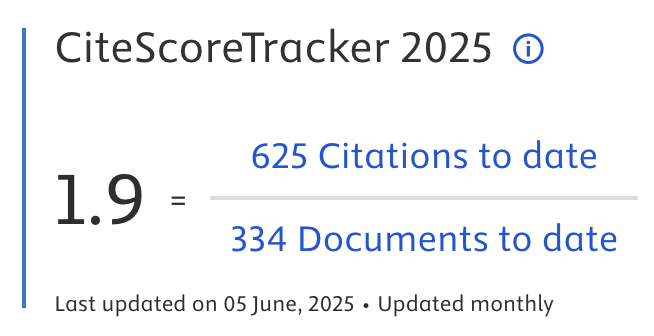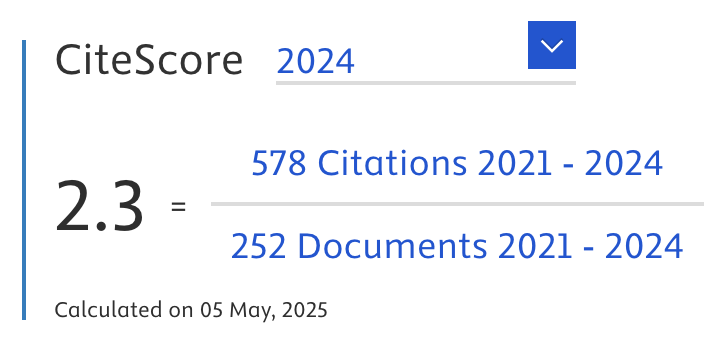The Empirical Study of Usability and Credibility on Intention Usage of Government-to-Citizen Services
Abstract
E-government allows governments to service citizens in a more timely, effective, and cost-efficient method. The most popular benefits of Government-to-Citizen (G2C)are the simple posting of forms and registrations, serve citizens, improvement of education information and e-voting. This paper analyzes the influence of website usability and the credibility on both citizen satisfaction and citizen intention to use an e-government website, as well as the impact of citizen satisfaction on citizen intentions. To prove the validity of our proposed research model, empirical analysis was performed with 366 valid questionnaires using Partial Least Square. The results of the research show that credibility of website e-government usage had significant effects on citizen satisfaction which in turn affects citizen intention to use, and citizen satisfaction also significantly affected citizen intention to use. However, the usability of e-government websites slightly influences citizen satisfaction and citizen intention to use.
Article Metrics
Abstract: 714 Viewers PDF: 392 ViewersFull Text:
PDF
DOI:
https://doi.org/10.47738/jads.v2i2.30
Citation Analysis:
Refbacks
- There are currently no refbacks.

Journal of Applied Data Sciences
| ISSN | : | 2723-6471 (Online) |
| Collaborated with | : | Computer Science and Systems Information Technology, King Abdulaziz University, Kingdom of Saudi Arabia. |
| Publisher | : | Bright Publisher |
| Website | : | http://bright-journal.org/JADS |
| : | taqwa@amikompurwokerto.ac.id (principal contact) | |
| support@bright-journal.org (technical issues) |
 This work is licensed under a Creative Commons Attribution-ShareAlike 4.0
This work is licensed under a Creative Commons Attribution-ShareAlike 4.0





.png)